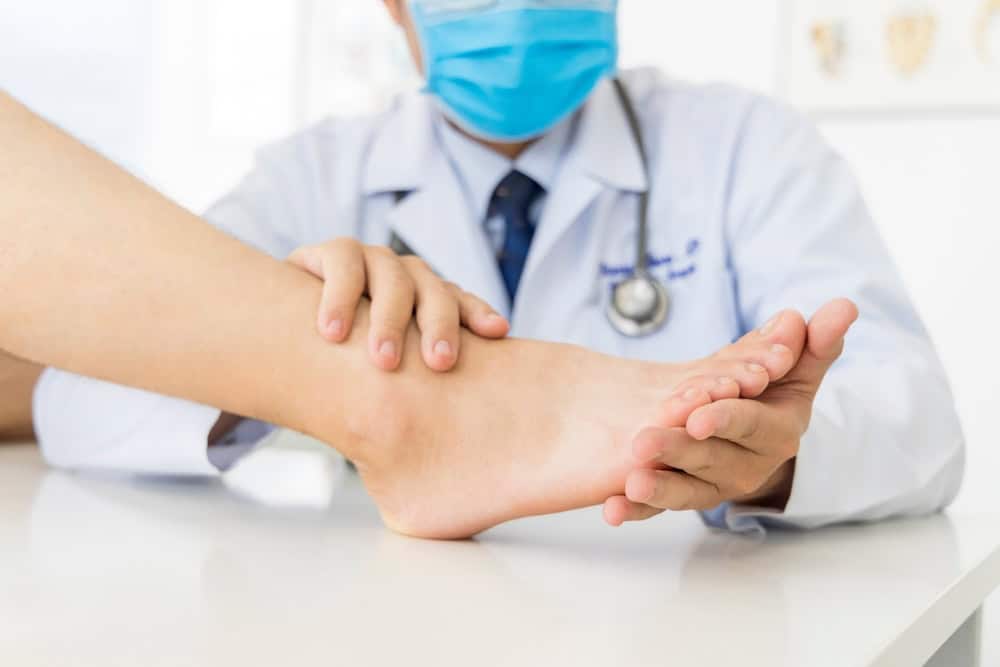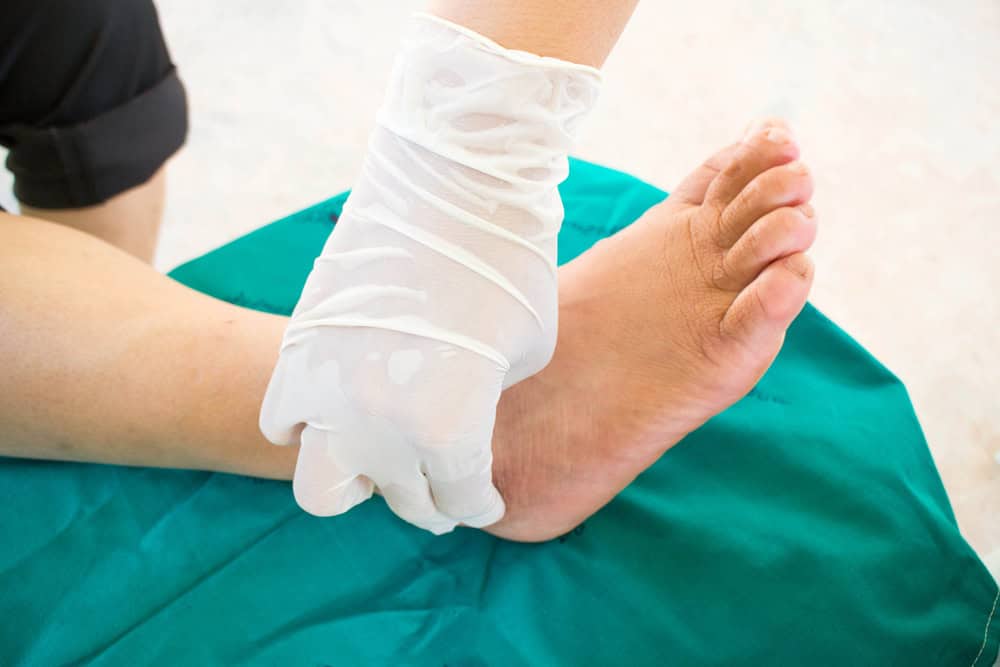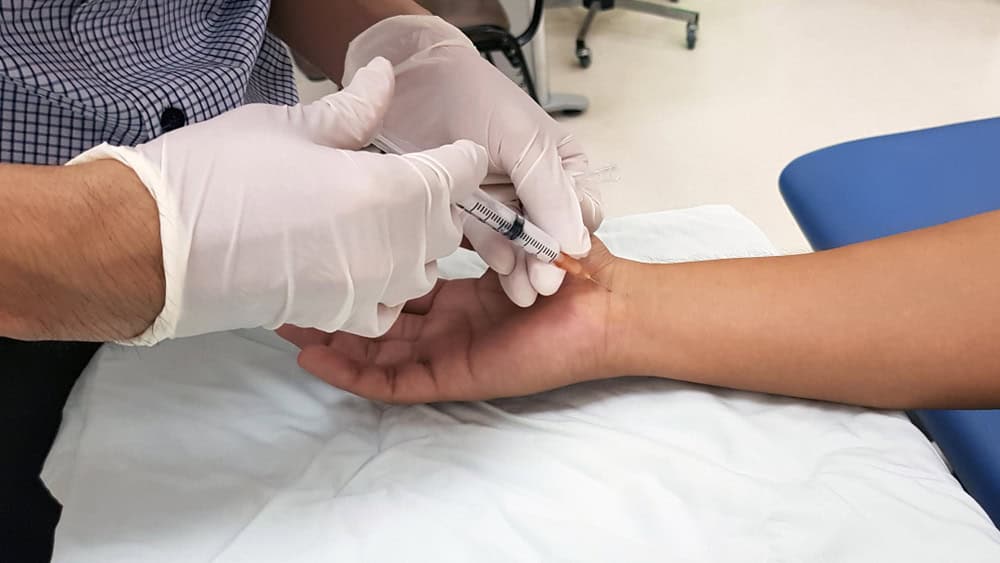Struggling with peripheral neuropathy? Our neuropathy doctor in Bedford-Stuyvesant, NY, offers treatments designed to address nerve damage and reduce chronic nerve pain so you can regain mobility and comfort. Reach out to NY Spine Medicine today!

Reviews

At NY Spine Medicine, we specialize in neuropathy treatment for patients dealing with peripheral neuropathy and nerve damage in Brooklyn. Using a combination of diagnostic tools and therapies, our neuropathy specialists create effective treatment plans.
Advanced methods, such as EMG and nerve conduction studies, are used to assess nerve function. Cutting-edge treatments, like TENS therapy, physical therapy, and pain management, are employed to improve mobility and reduce symptoms. The goal of our Bedford-Stuyvesant, NY neuropathy doctor is to help you regain control of your daily life with care that targets your specific condition.


Ready to get started?
Living with neuropathy can be overwhelming, but nerve damage treatment can make a difference. At NY Spine Medicine, our neuropathy specialists in Brooklyn focus on addressing the root causes of nerve pain. From peripheral neuropathy treatment to chronic nerve pain management, we can help you regain your mobility and quality of life.
If you’re ready to find lasting relief, don’t delay; contact our Bedford-Stuyvesant, NY neuropathy doctor today to explore your options for treating nerve pain. At NY Spine Medicine, we take a personalized approach to healing.

The neighborhood’s name combines the names of the of Bedford and the Stuyvesant Heights neighborhoods. Stuyvesant is derived from Peter Stuyvesant, the last governor of the colony of New Netherland.
In the second half of the 17th century, the lands which constitute the present neighborhood belonged to three Dutch settlers: Dirck Janse Hooghland, who operated a ferryboat on the East River, and farmers Jan Hansen, and Leffert Pietersen van Haughwout. In pre-revolutionary Brooklyn, Bedford was the first major settlement east of the Village of Brooklyn, on the ferry road to the town of Jamaica and eastern Long Island. Stuyvesant Heights, however, was farmland; the area became a community after the American Revolutionary War.
For most of its early history, Stuyvesant Heights was part of the outlying farm area of the small hamlet of Bedford, settled by the Dutch during the 17th century within the incorporated town of Breuckelen. The hamlet had its beginnings when a group of Breuckelen residents decided to improve their farm properties behind the Wallabout section, which gradually developed into an important produce center and market. The petition to form a new hamlet was approved by Governor Stuyvesant in 1663. Its leading signer was Thomas Lambertsen, a carpenter from Holland. A year later, the English capture of New Netherland signaled the end of Dutch rule. In Governor Nicolls’ Charter of 1667 and in the Charter of 1686, Bedford is mentioned as a settlement within the Town of Brueckelen. Bedford hamlet had an inn as early as 1668, and, in 1670, the people of Breuckelen purchased from the Canarsie Indians an additional area for common lands in the surrounding region.
Learn more about Bedford-Stuyvesant.Local Resources